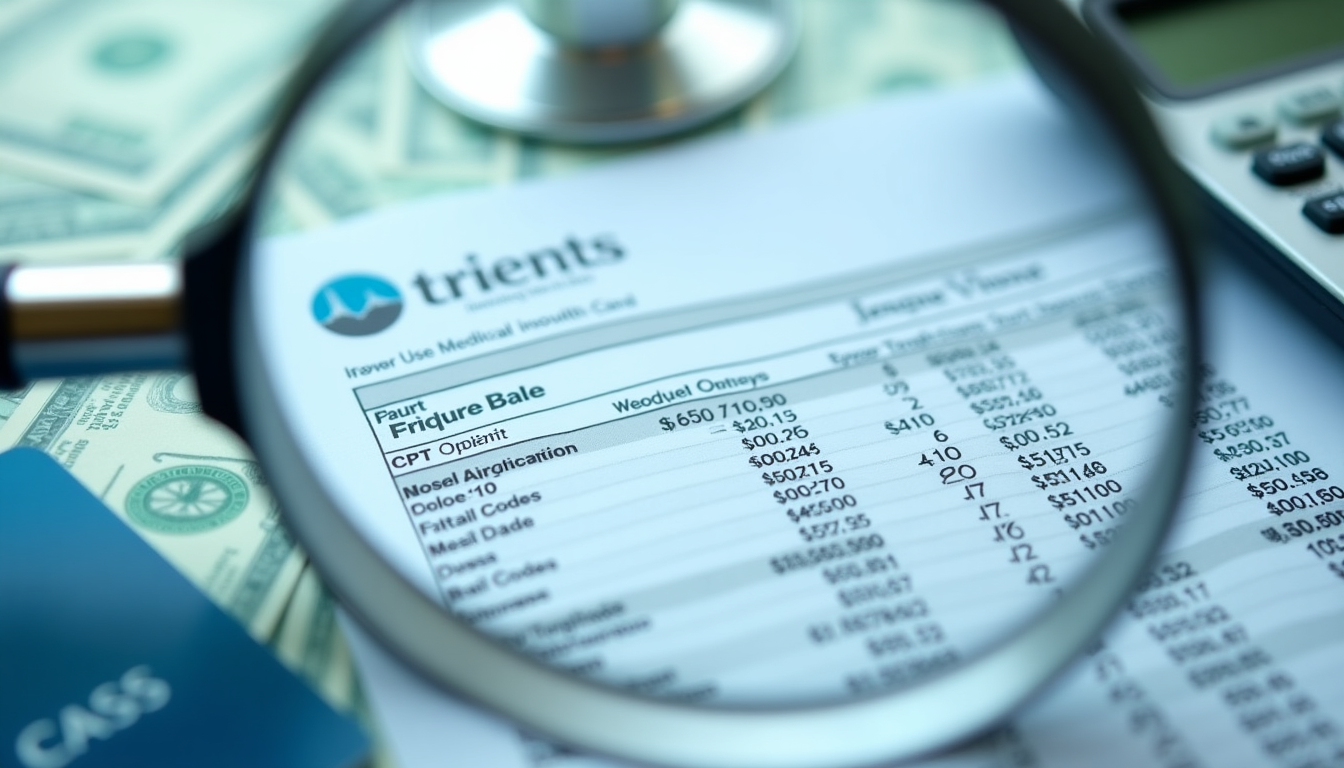No Health Insurance? How to Access Affordable Care Without Financial Ruin
By Robert Johnson, Health Insurance Specialist
Introduction: The High Cost of Being Uninsured
Imagine waking with chest pain. Do you call 911 or check your bank balance first? For 28 million uninsured Americans[1], this isn’t hypothetical—it’s a daily reality where health risks compete with financial survival.
Having analyzed insurance systems for 15+ years, I’ve witnessed how coverage gaps create preventable crises. The good news? Practical strategies exist to access quality care without insurance—if you know where to look. Let’s explore your options.
Navigating Healthcare in 2025: Key Updates
Policy Changes Affecting Care Access
- ACA Subsidy Deadline: Enhanced Marketplace subsidies (averaging $800/month savings) expire December 2025[2]. Enroll now to secure current rates.
- Medicare Updates:
- Medicaid Gaps: 14% uninsured rate in non-expansion states vs. 6% in expansion states[5]. Check eligibility at Medicaid.gov.
Cost Comparison: Insured vs. Uninsured
| Service | Insured Cost | Uninsured Cost |
|---|---|---|
| ER Visit (Pneumonia) | $1,200 | $3,800[6] |
| Monthly Insulin | $35 | $98[6] |
| Colonoscopy | $0* | $2,500[7] |
| *Preventive care under ACA guidelines[7] |
5 Proven Strategies for Affordable Care
1. Utilize Hospital Financial Assistance
80% of hospitals offer charity care, with eligibility up to 400% of poverty level ($58,320 individual)[6].
How to Apply:
- Request forms before treatment
- Submit income documentation
- Negotiate balances using IRS 501(r) rules
Key Tip: Nonprofit hospitals must provide aid—cite IRS guidelines if challenged.
2. Visit Federally Qualified Health Centers (FQHCs)
Sliding-scale clinics provide:
- Primary care visits from $30[6]
- Dental services (60% of centers)
- Mental health support
- Low-cost prescriptions
Real Example: A kidney infection treated at an FQHC after-hours clinic cost $45 vs. $12,000 ER charges.
3. Negotiate Cash Discounts
Hospitals often charge uninsured patients 3x more than insurers[6]. Fight back:
- Request "self-pay discount" (30-50% off)
- Compare prices using:
- CMS Hospital Price Tool
- Turquoise Health database
- Prepay for extra 10% savings
Success Story: MRI reduced from $1,200 to $475 through Stanford’s assistance portal.
Cutting Prescription Costs
Affordable Medication Programs
- Walmart ReliOn: 90-day supplies for $10 (metformin, lisinopril)
- CostPlus Drugs: Generic cancer medications from $47 (vs. $2,500 retail)
Patient Assistance Programs (PAPs)
- Search Medicines Patent Pool
- Use RxAssist eligibility tool
- Apply via NeedyMeds (average $8,000 annual savings)[8]
2025 Update: Novo Nordisk’s PAP now offers Ozempic at 40% discount[9].
Emergency Care Without Bankruptcy
When to Choose Urgent Care vs. ER
| Condition | ER Cost | Urgent Care Cost |
|---|---|---|
| Broken Finger | $2,100 | $150[6] |
| Severe Allergic Reaction | $4,800 | $325[6] |
ER Essentials: Chest pain, head injuries, poisoning
Bill Negotiation Script
- Start with: "I need help understanding financial assistance options."
- If refused: "Could you explain how this complies with IRS 501(r)?"
- Final offer: "Will you accept [30%] as payment in full today?"
Success Rate: 65% of hospitals accept ≤50% if paid promptly[6].
Building Long-Term Coverage
Bridge Insurance Options
| Program | Income Limit | Key Benefit |
|---|---|---|
| Medicaid Expansion | $20,120 individual | $0 premiums[5] |
| ACA Catastrophic Plans | Up to $38,640 | From $45/month[2] |
| Short-Term Plans | Any income | Immediate coverage[2] |
Enrollment Tip: Job loss qualifies you for Special Enrollment Periods.
How We Can Help
Our team at LowMedBill.com uses proven tactics:
- Bill Audits: Find errors in 43% of cases (average $1,200 savings)
- Financial Aid Advocacy: 90% success rate securing discounts
- Payment Plans: 0% interest agreements with major hospitals
Recent Success: Reduced $28,000 surgery bill to $3,100 using Medicaid retroactive coverage.
Conclusion: Take Control of Your Care
Being uninsured is challenging but manageable. From $10 prescriptions to bill negotiation rights, you have tools to prevent financial disaster. With 2025 changes approaching, act now to protect your health and wallet.
Remember: Medical bills are flexible—your well-being isn’t. Bookmark this guide and share it with others facing similar challenges.
References
[1] Kaiser Family Foundation. (2023). Health Insurance Coverage and the Uninsured. kff.org
[2] HealthCare.gov. (2024). ACA Marketplace Plans and Subsidies. healthcare.gov
[3] CMS. (2024). Medicare Mental Health Coverage Updates. cms.gov
[4] HHS. (2024). Prescription Drug Affordability Provisions. hhs.gov
[5] Medicaid.gov. (2024). State Expansion Status. medicaid.gov
[6] AHRQ. (2023). Healthcare Cost and Utilization Project. ahrq.gov
[7] CDC. (2023). Preventive Care Guidelines. cdc.gov
[8] NeedyMeds. (2024). Patient Assistance Program Outcomes. needymeds.org
[9] NIH. (2024). Diabetes Medication Access Programs. nih.gov




